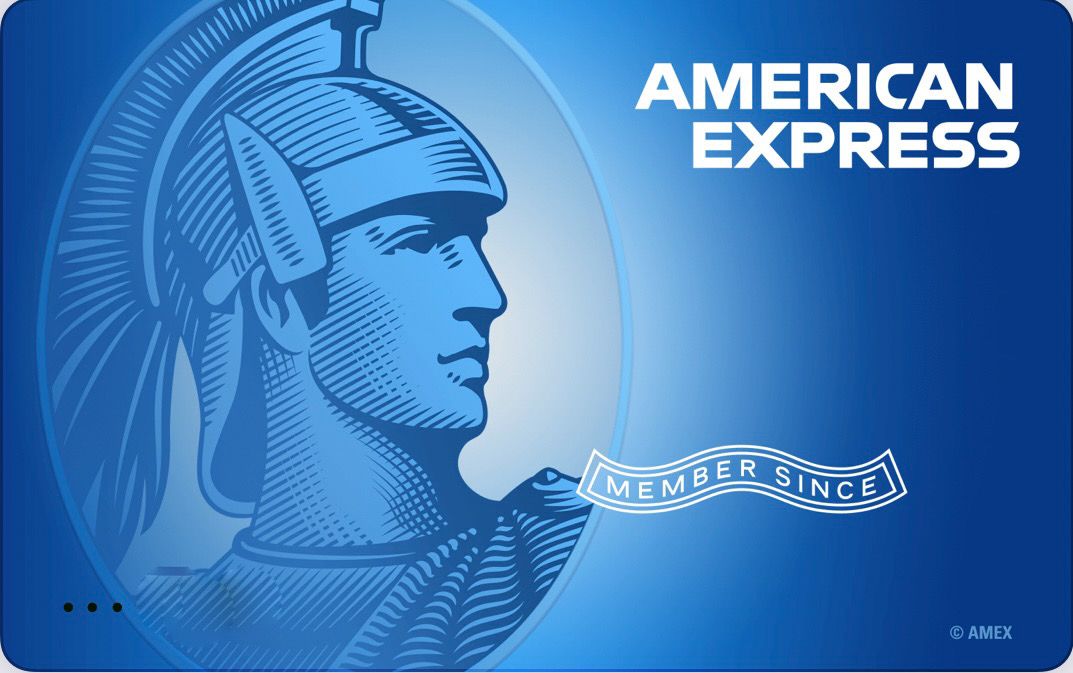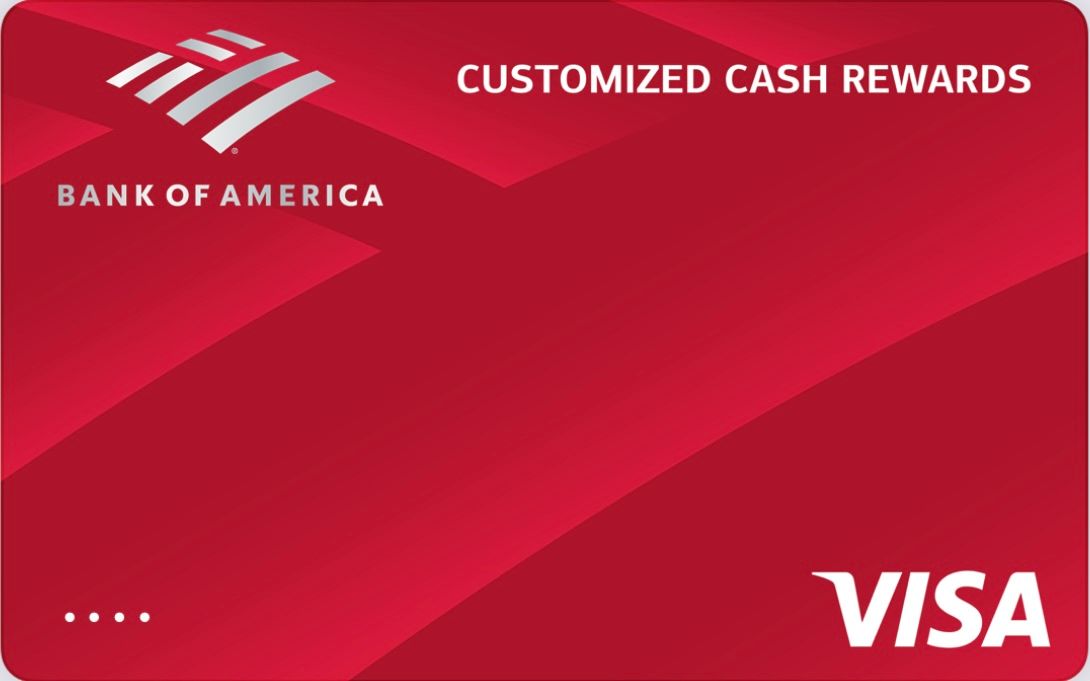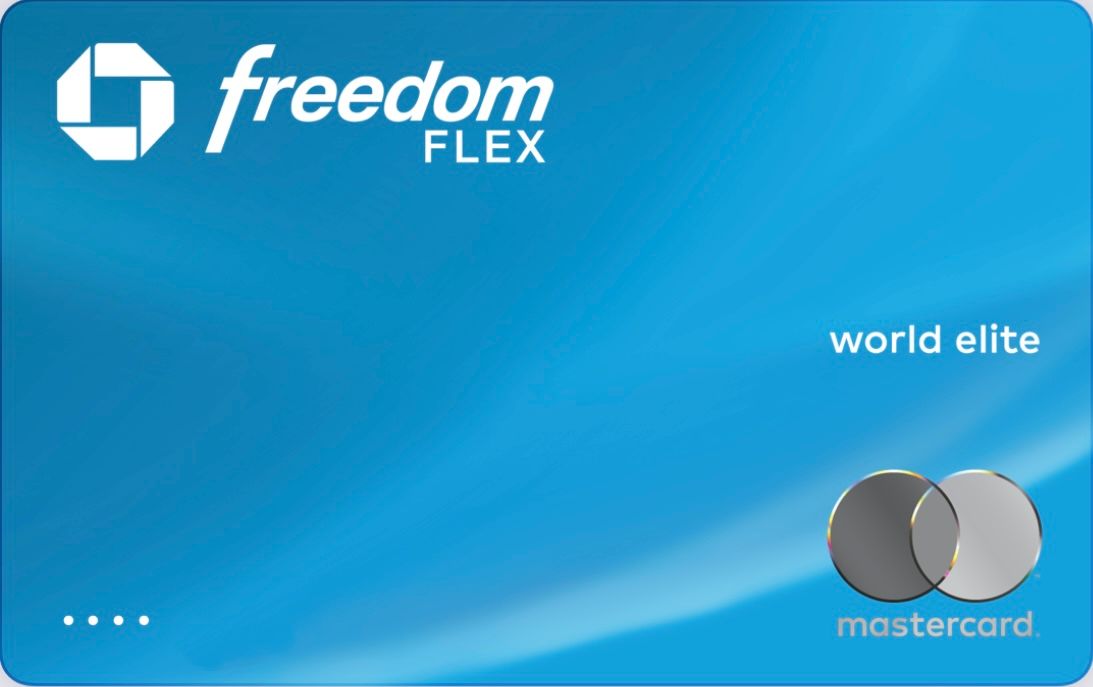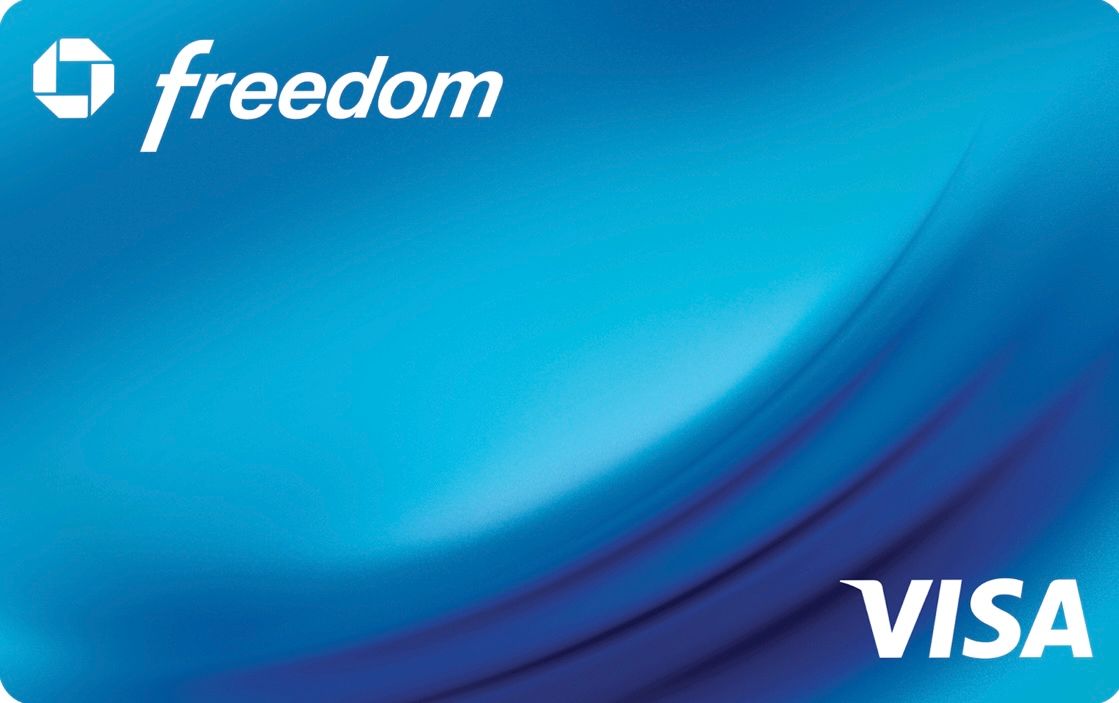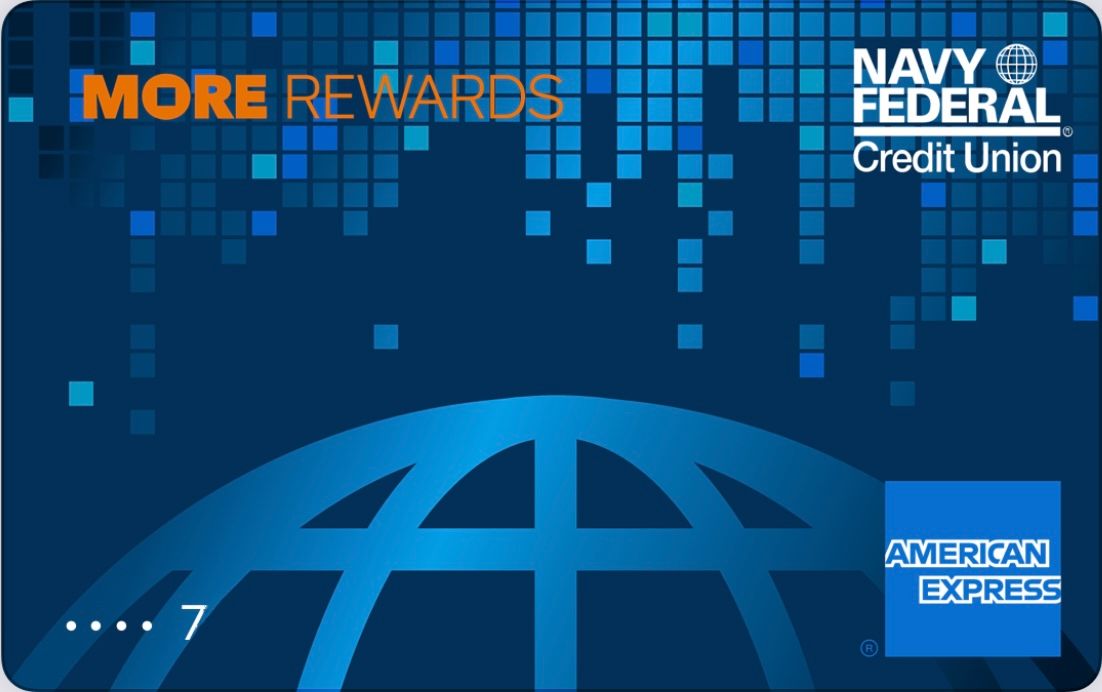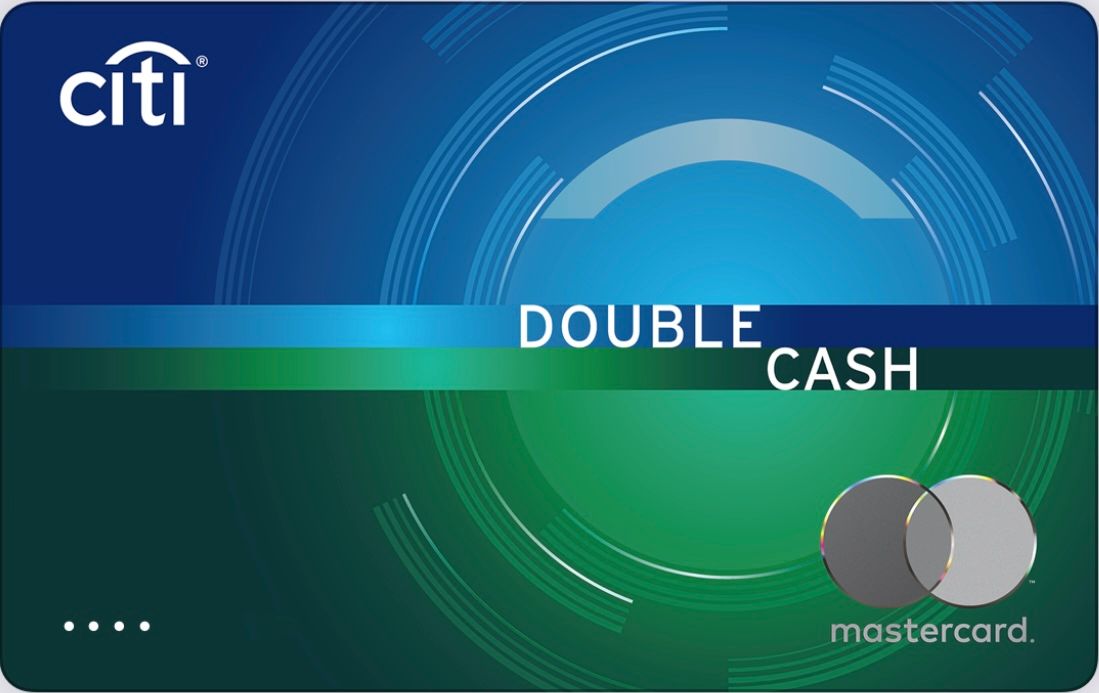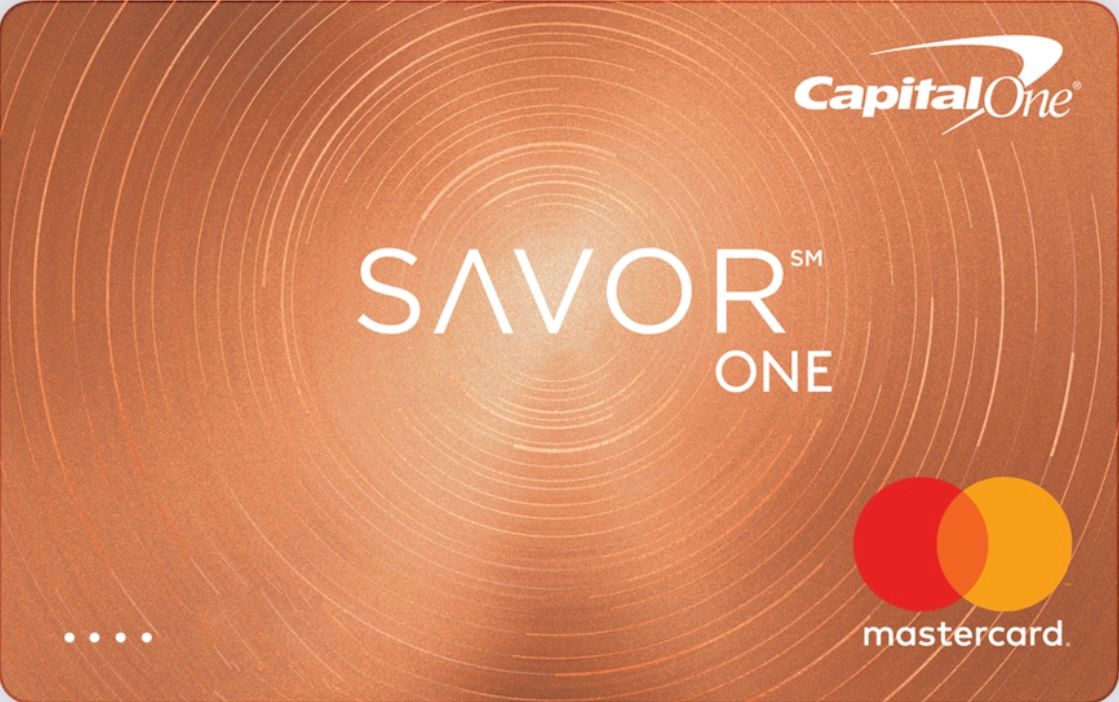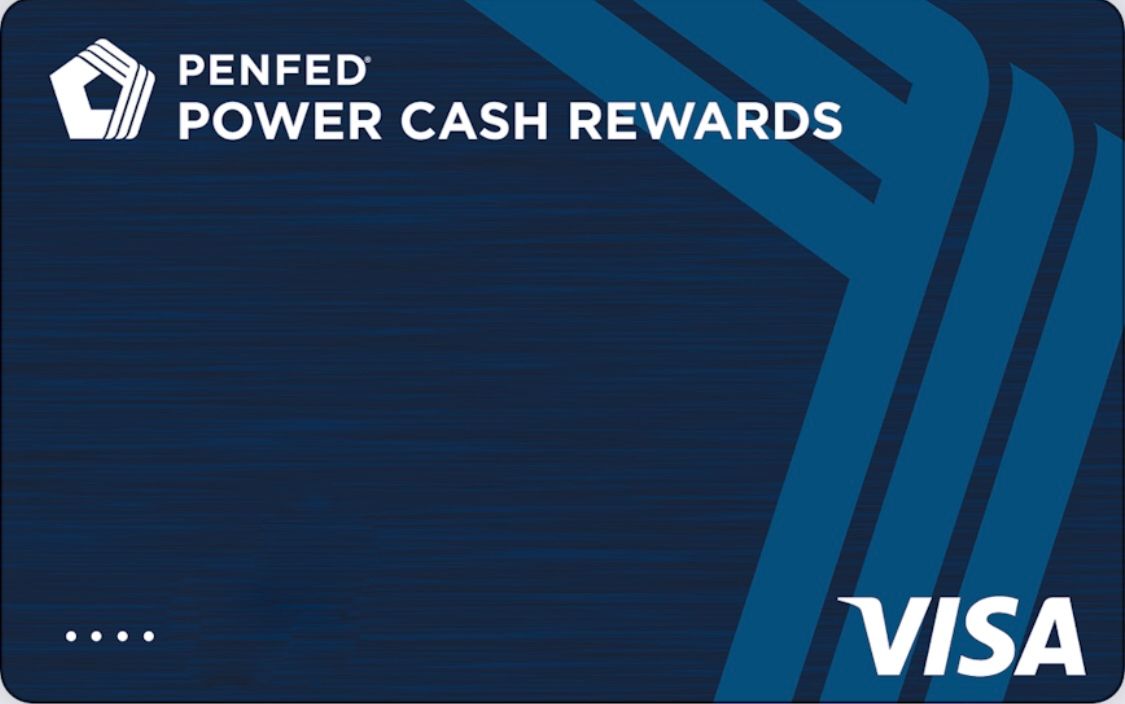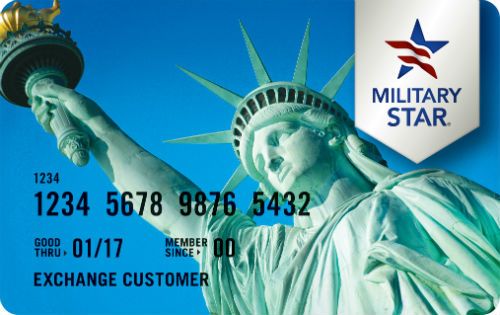- myFICO® Forums
- FICO Scoring and Other Credit Topics
- Understanding FICO® Scoring
- Re: fico score increase help
- Subscribe to RSS Feed
- Mark Topic as New
- Mark Topic as Read
- Float this Topic for Current User
- Bookmark
- Subscribe
- Mute
- Printer Friendly Page
fico score increase help
Is your credit card giving you the perks you want?
Browse credit cards from a variety of issuers to see if there's a better card for you.
- Mark as New
- Bookmark
- Subscribe
- Mute
- Subscribe to RSS Feed
- Permalink
- Report Inappropriate Content
fico score increase help
to increase score, do i need to pay these off to report a lower balnce on all or just some? these are my utulization % on each card
lowes synchrony at 36%
capital one at 30%
amex at 63%
chase at 20%
discover miles at 26%
discover card at 87%
- Mark as New
- Bookmark
- Subscribe
- Mute
- Subscribe to RSS Feed
- Permalink
- Report Inappropriate Content
Re: fico score increase help
@dborun200 wrote:to increase score, do i need to pay these off to report a lower balnce on all or just some? these are my utulization % on each card
lowes synchrony at 36%
capital one at 30%
amex at 63%
chase at 20%
discover miles at 26%
discover card at 87%
The actual impact is profile-specific and the people who fully know the scoring models don't share them but emperically there's a kind of rule-of-9's metric in play when it comes to scoring.
The most important percentages both for each individual card and for all cards in aggregate (i.e. total owed added together vs. total of limits added together across all cards) are 29/49/69/89%, best result is for all cards to report at under 9%. The 19/39/59/79% milestones don't appear to be quite as meaningful.
There is another scoring metric related to whether either you have more than 50% or less than 50% of your open card reporting a balance but it isn't as impactful as the utilization metrics.
So, if you wanted to address your scores you might want to start by getting your Discover card under 68.9%, AMEX under 48.9%, and your Lowe's card under 28.9% utilization, shouldn't be hard for you on the short term to get our Capital One card under 28.9% right now either.
FICO 8 (EX) 838 (TU) 846 (EQ) 850
FICO 9 (EX) 850 (TU) 850 (EQ) 850
$1M+ club
Artist formerly known as the_old_curmudgeon who was formerly known as coldfusion
- Mark as New
- Bookmark
- Subscribe
- Mute
- Subscribe to RSS Feed
- Permalink
- Report Inappropriate Content
Re: fico score increase help
I'd start by paying down all cards to under 29% utilization as funds permit. Then pay one or two cards to $0 to reduce # of cards reporting balances.
As mentioned above dropping highest card utilization below 49% and then below 29% are important milestones as is reducing aggregate utilization to under 9%.
Fico 8: .......EQ 850 TU 850 EX 850
Fico 4 .....:. EQ 809 TU 823 EX 830 EX Fico 98: 842
Fico 8 BC:. EQ 892 TU 900 EX 900
Fico 8 AU:. EQ 887 TU 897 EX 899
Fico 4 BC:. EQ 826 TU 858, EX Fico 98 BC: 870
Fico 4 AU:. EQ 831 TU 872, EX Fico 98 AU: 861
VS 3.0:...... EQ 835 TU 835 EX 835
CBIS: ........EQ LN Auto 940 EQ LN Home 870 TU Auto 902 TU Home 950
- Mark as New
- Bookmark
- Subscribe
- Mute
- Subscribe to RSS Feed
- Permalink
- Report Inappropriate Content
Re: fico score increase help
Just to be clear, it's reported utilization that counts, the balance on the day the statement posts.
Once you get utilization under control, don't let all accounts report zero at once. The all zero penalty is significant.
- Mark as New
- Bookmark
- Subscribe
- Mute
- Subscribe to RSS Feed
- Permalink
- Report Inappropriate Content
Re: fico score increase help
If I have funds to pay all down to 20% should I do them all at once?
- Mark as New
- Bookmark
- Subscribe
- Mute
- Subscribe to RSS Feed
- Permalink
- Report Inappropriate Content
Re: fico score increase help
- Mark as New
- Bookmark
- Subscribe
- Mute
- Subscribe to RSS Feed
- Permalink
- Report Inappropriate Content
Re: fico score increase help
That's better answered by knowing amounts owed and APRs. You might consider getting everything below 29, and then deciding best path for using the rest of your cash. A bunch of 30% apr cards paid off versus all of them at 20% uti.
NFCU Flagship (Daily 2% + Travel) | USAA Rewards (AoOA = 26y)
Aven Rewards (Groceries) | Chase Prime (Amazon) | Citi Custom Cash (Dining) | Elan MCP (Utilities)
EQ(F8) 784 | EX(F8) 801 | TU(F8) 800 | EQ(F9) 823 | EQ(BC8) 815
On the Radar: Langley | Kroger | AmEx | Discover
- Mark as New
- Bookmark
- Subscribe
- Mute
- Subscribe to RSS Feed
- Permalink
- Report Inappropriate Content
Re: fico score increase help
@dborun200 wrote:to increase score, do i need to pay these off to report a lower balnce on all or just some? these are my utulization % on each card
lowes synchrony at 36%
capital one at 30%
amex at 63%
chase at 20%
discover miles at 26%
discover card at 87%
First you should get the 87% Discover card and the Amex card down to 48% or lower.
Then get those cards, plus the Lowes and Capital One cards, down to 28% or lower.
At that point you should see a respectable point gain.

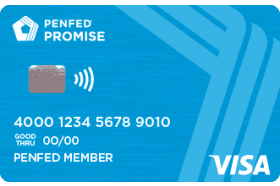



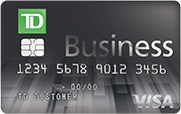
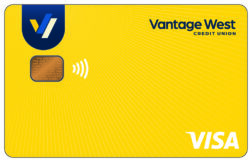
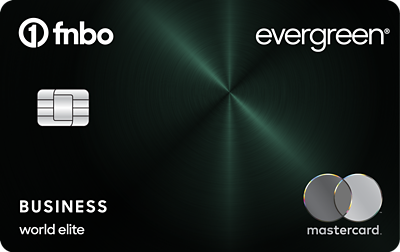
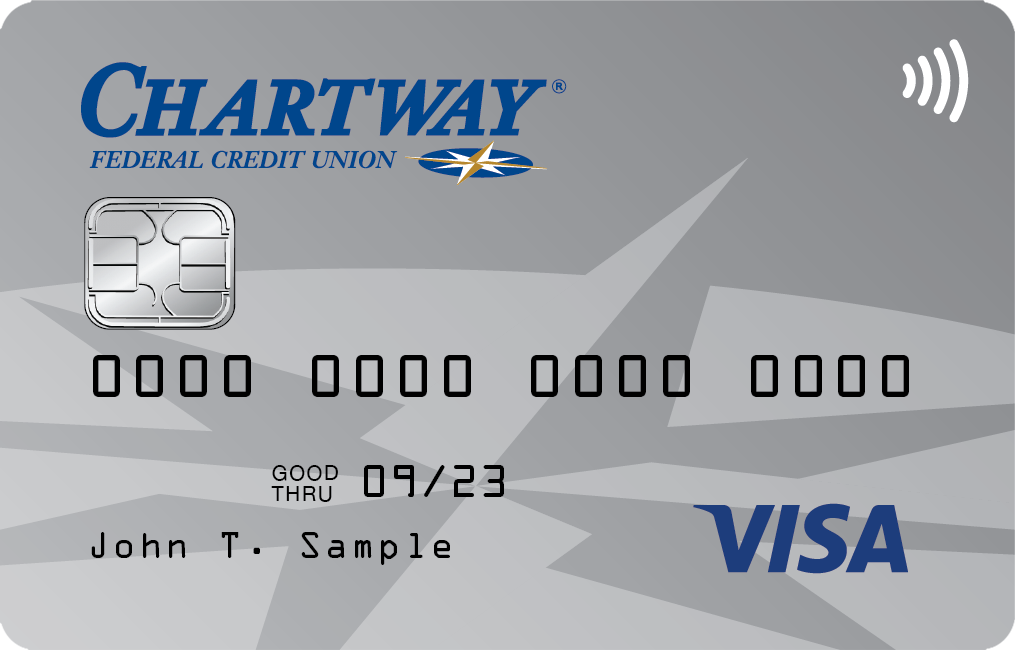


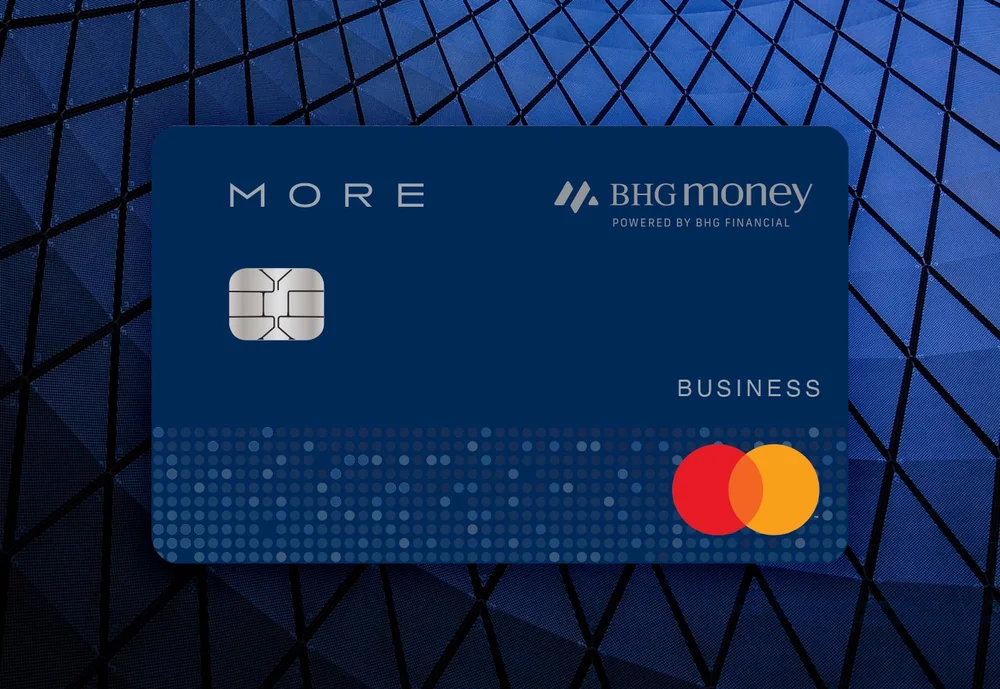
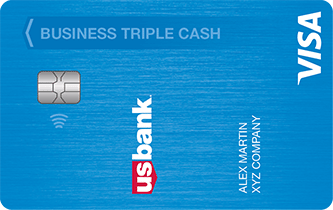

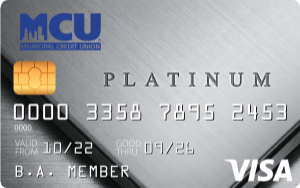
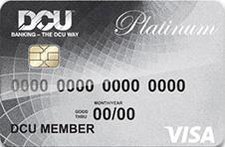
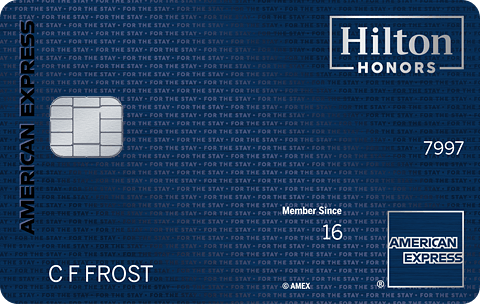
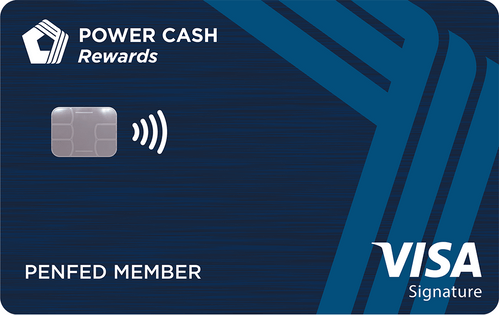

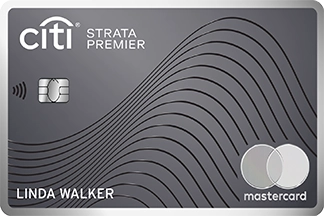
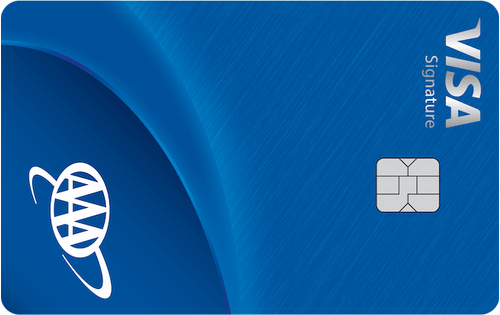
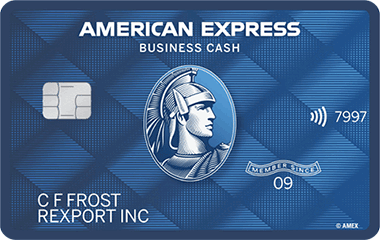
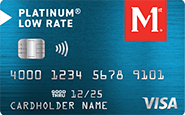
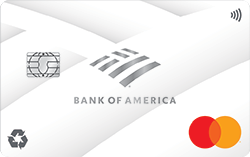


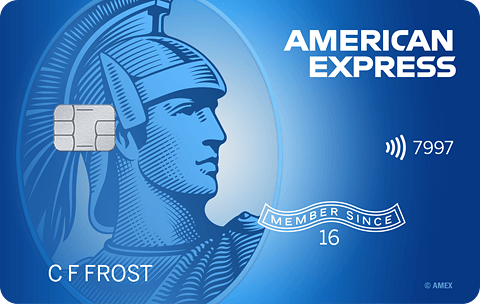
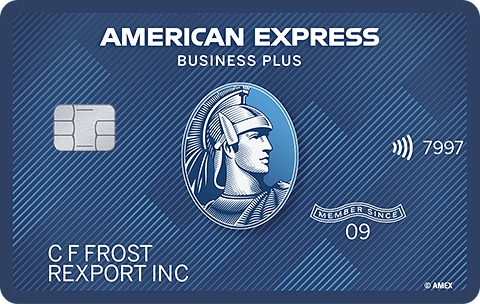



Total revolving limits 568220 (504020 reporting) FICO 8: EQ 689 TU 691 EX 682
- Mark as New
- Bookmark
- Subscribe
- Mute
- Subscribe to RSS Feed
- Permalink
- Report Inappropriate Content
Re: fico score increase help
@dborun200 wrote:If I have funds to pay all down to 20% should I do them all at once?
Yes. Absolutely.































Total revolving limits 568220 (504020 reporting) FICO 8: EQ 689 TU 691 EX 682
- Mark as New
- Bookmark
- Subscribe
- Mute
- Subscribe to RSS Feed
- Permalink
- Report Inappropriate Content
Re: fico score increase help
If you want to increase your score as efficiently as possible, it’s important to understand how FICO treats utilization thresholds. The higher the balance-to-limit ratio on a card, the more points you lose; especially when you cross certain “penalty zones.”
When a card is over about 88.9% of its limit, it’s considered “maxed out” and gets hit with one of the biggest individual account score penalties. Between roughly 68.9% and 88.8% is still heavily penalized and viewed as high risk. Between about 48.9% and 68.8% is moderate-high penalty territory, and paying below this often gives a noticeable bump. Between roughly 28.9% and 48.8% is the low penalty zone, and the real sweet spot is under about 8.9% utilization, where the impact is minimal.
In your case, Discover at 87% should be the top priority because it’s just under the “maxed out” threshold. Bringing it down below 48.9% will produce a significant improvement, and eventually getting it under 28.9% will help even more. Amex at 63% should be next, because paying it below 48.9% will also give a solid boost. Lowe’s at 36% and Capital One at 30% are both just over the 28.9% mark, so dropping those slightly will help. Discover Miles at 26% and Chase at 20% are in better shape but lowering them further; especially under 9%; will help when aiming for top-tier scores.
For maximum results, you can also try the AZEO method, which means letting only one card report a small balance (1–9% utilization) and having all other cards report $0 by the statement cut date. Keep in mind that FICO scores look at both individual card utilization and your overall utilization across all cards, so lowering both will give you the best short-term and long-term gains.

